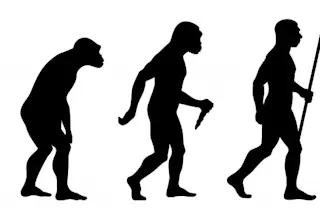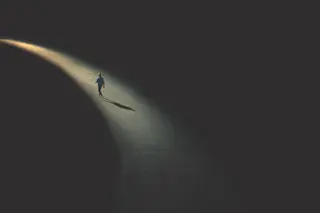Last night CBS premiered it's new science-fiction detective show, Eleventh Hour, which revolves around a scientist investigating misuses of science, accompanied by his FBI minder. The first episode focused on human cloning and the show deserves big kudos for wringing out a fresh take from what has become a very hackneyed topic in science fiction. The writer and producers managed this feat by actually sticking close to today's science: most stories that incorporate reproductive cloning introduce a successfully created clone (whether a child or an adult) and go from there. The messy details of actually creating a clone are glossed over, or not mentioned at all. Not so on Eleventh Hour. The truth is that reproductive cloning -- where the objective is to produce an living, breathing individual who is genetically identical to another -- is incredible inefficient. For every clone that is successfully born, there are many others that ...
Eleventh Hour: A State of The Art Cloning Story
Explore the intriguing portrayal of human cloning in CBS's 'Eleventh Hour,' a fresh take on a complex topic.
More on Discover
Stay Curious
SubscribeTo The Magazine
Save up to 40% off the cover price when you subscribe to Discover magazine.
Subscribe













